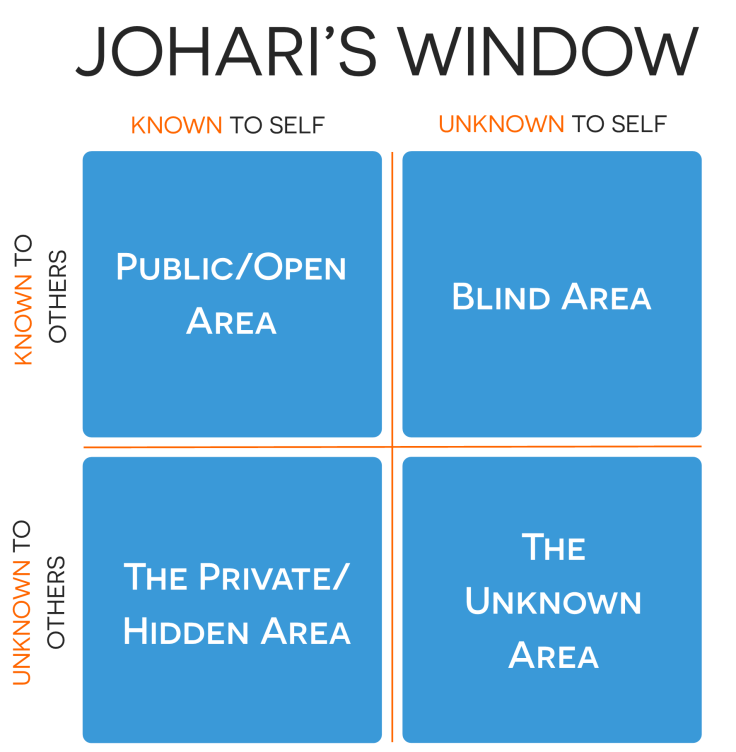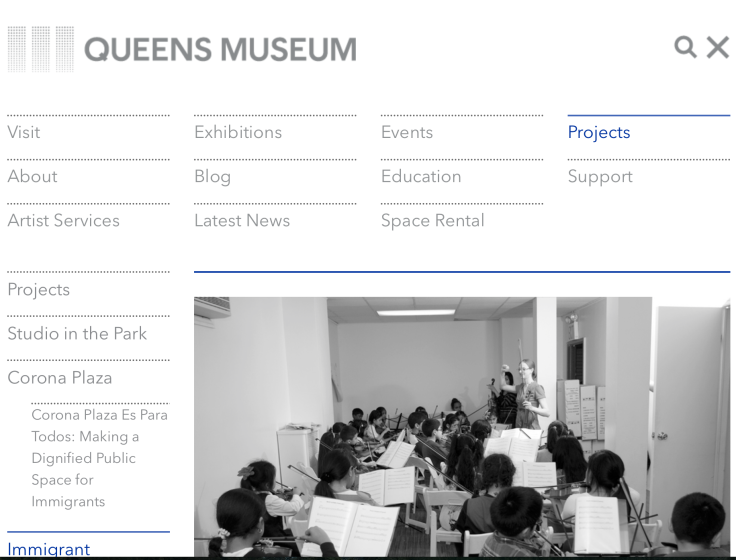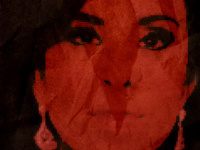Abounaddara: The Right to the Image Exhibition
Wednesday, November 11, 2015 at 9:00 am to 9:00 pm
Arnold and Sheila Aronson Galleries, Sheila C. Johnson Design Center66 Fifth Avenue New York, NY 10003
Building on my exploration of artist as producer and as citizen, I am interested in an understanding of the artist function, centrally, as documenter. And, in terms of human suffering, what are the ethics not only of witnessing, but also of reproducing, and of documenting in the first place? What is our complicity as both audience and creator? I think I mean to ask: how do we determine our social responsibility to the suffering and struggles of others, particularly across large geographical and cultural divides? How do we cultivate and live out a more patriotic sense of global citizenship (and an allegiance to deeper compassion)?
To return to this notion of the artist’s “immigrant drive,” I am interested in the artist’s practice of crossing borders, mastering the inside/outside position as a facilitator would, moving between participation and witnessing. It is what Dr. Aimee Meredith Cox refers to as co-performative witnessing or participant observation. When we observe, we become complicit in our new knowledge. When we perform the role of witness, we confess a certain type of (nonspatial) presence at the scene of the crime. In theater, the complicity is literalized, as audience and performer share in the retelling and reliving of an experience, happening in the present moment, together. I am interested in the spaces that allow us to recreate community, to share in the experience of Others. I suppose the documenting artist must involve themselves in the struggle (and hopes) of those they are documenting – this is the way we avoid exploitation. We become, as poet-organizer Mahogany Brown says, not just allies but “accomplices” – people who also “have something to lose.”
How do I, as an artist, enact such accompliceship? I make. And I make visible. And I create alternatives. And I wield imagination. I reconsider narratives. I oppose domination. I humanize (and defy victimhood). I report on truth. I tell my grandfather’s dreams. I zoom in, to magnify the stories of the unheard, thereby expanding the frame of my compassion. Which doesn’t mean I don’t do the organizing. It doesn’t mean I’m not there for my neighbor. Or at the protest, or community center. But I do bring my skill sets to these places. And I listen, observe, testify.
How do we as ones “with the glasses,” “with the cameras,”— framing lenses—best take advantage of our dual positionality to cultivate critical seeing? I take my cue from Hani Sayed: “to photograph is to frame, to frame is to define boundaries of the real, of what is representable, what we are not allowed to represent and what is not worthy to represent.” Thus, the work of documenting is to, in effect, build value systems and convey narrative—in other words, to shape our notion of reality. Sayed concluded his opening talk by declaring the importance of “ending private censorship, [which was] a call to see the frame itself, to subject it to scrutiny and critique…changing the way we see.” These, quoting Judith Butler, are “disobedient acts of seeing.” To betray the impulse to look away, to resist cultures of passivity, to retrain muscles of courageous compassion. To make action.
Sayed also mentioned the idea of engaging images “more like literature.” And I am wondering: what does it look like to ask my audience to read my performance work? How can the literal storytelling conventions of literature be used to transform how we as audiences are trained to engage with image and sound? I think what I am circling around is a return, in some capacity, to newspaper theater.

Documentation by Becca and Cass
Lets JAAAAAAAAmMMMM!
I see documentation and history as serving similar purposes; in short, if one knows what came before them, it builds a sense of identity. With that, I see documentation as a process of building representation and identity. This knowledge of identity can also serve to shape future actions both for the self and for others. Documentation is a process that is frequently contingent on how the ‘documentors’ want their findings to be used in the future. Because of this, documentation can be oriented in completely different ways. Documentation can also be an important way for communities to build intimacy with one another, based off of shared histories. For many organizations, funding depends on the ability to document in ways that show measurable outcomes.
This is an additional placeholder post. Click the Edit link to modify or delete it, or start a new post.




